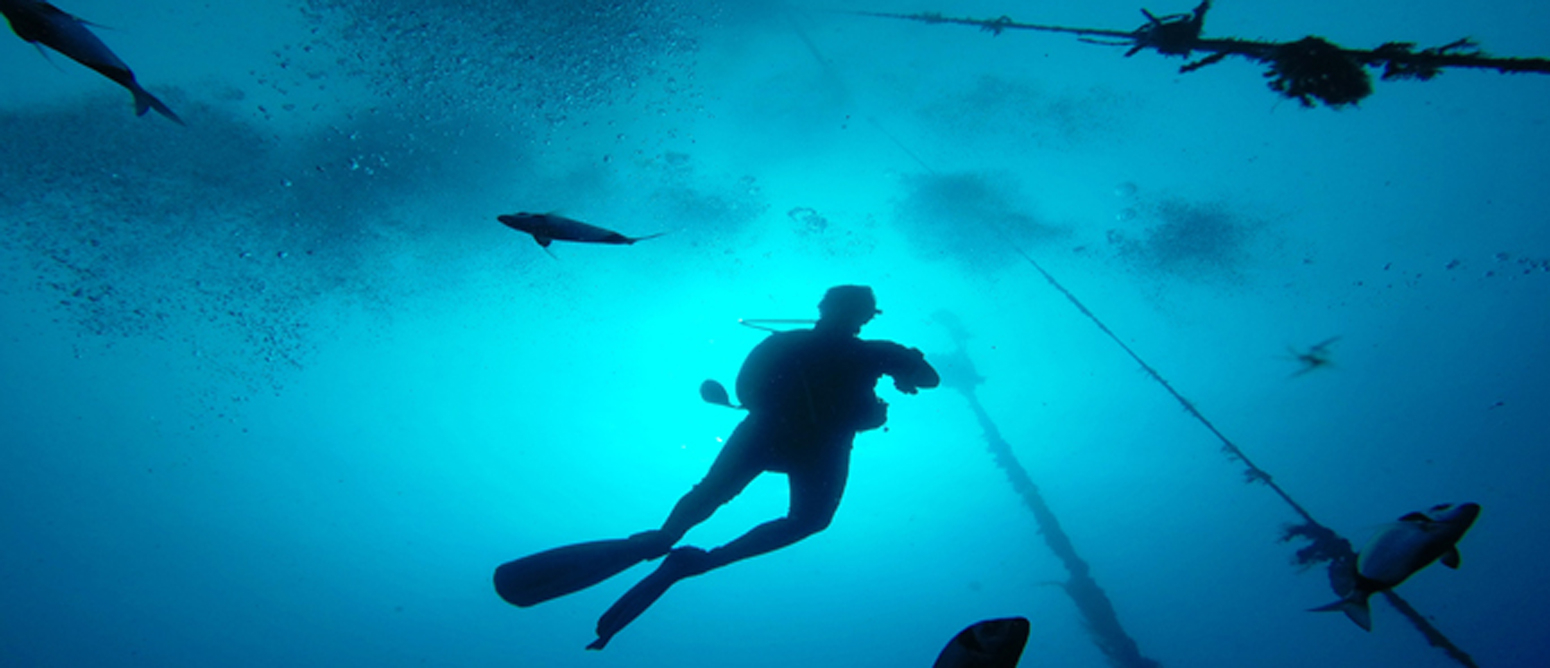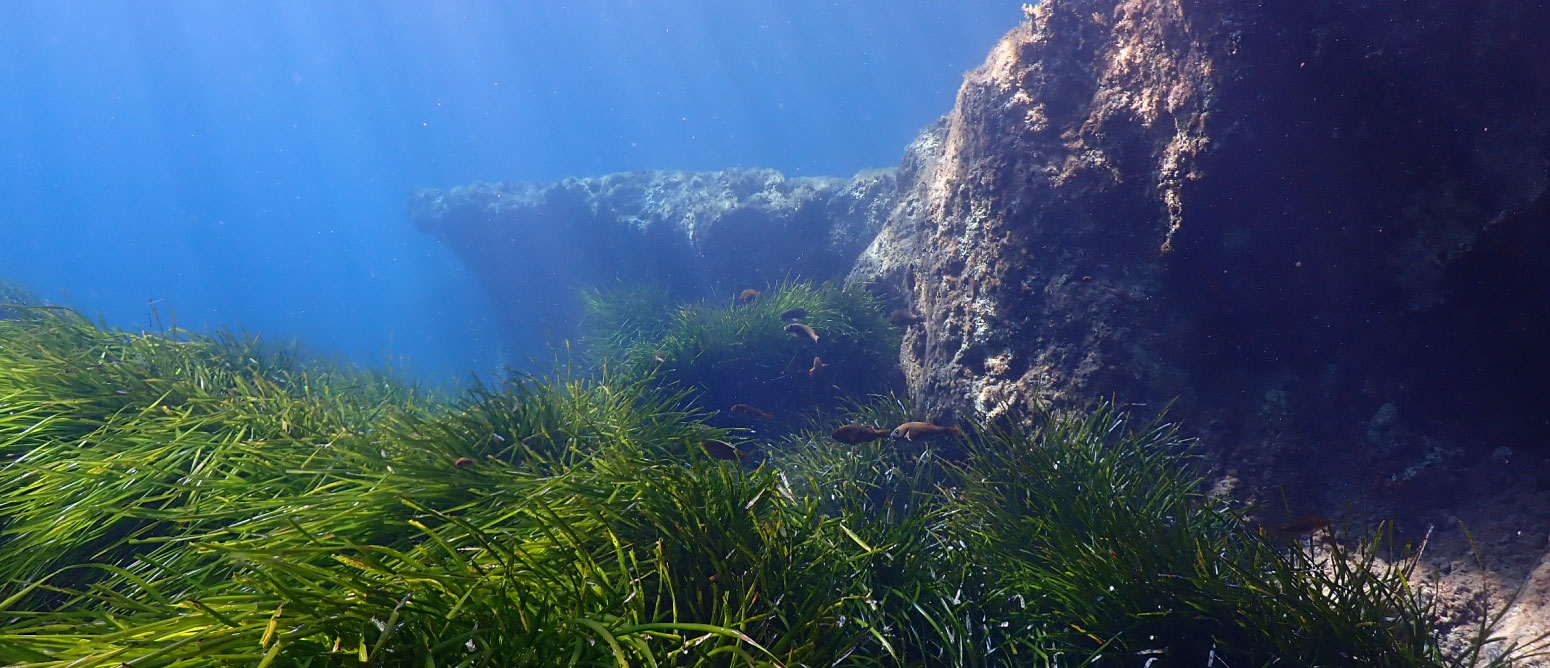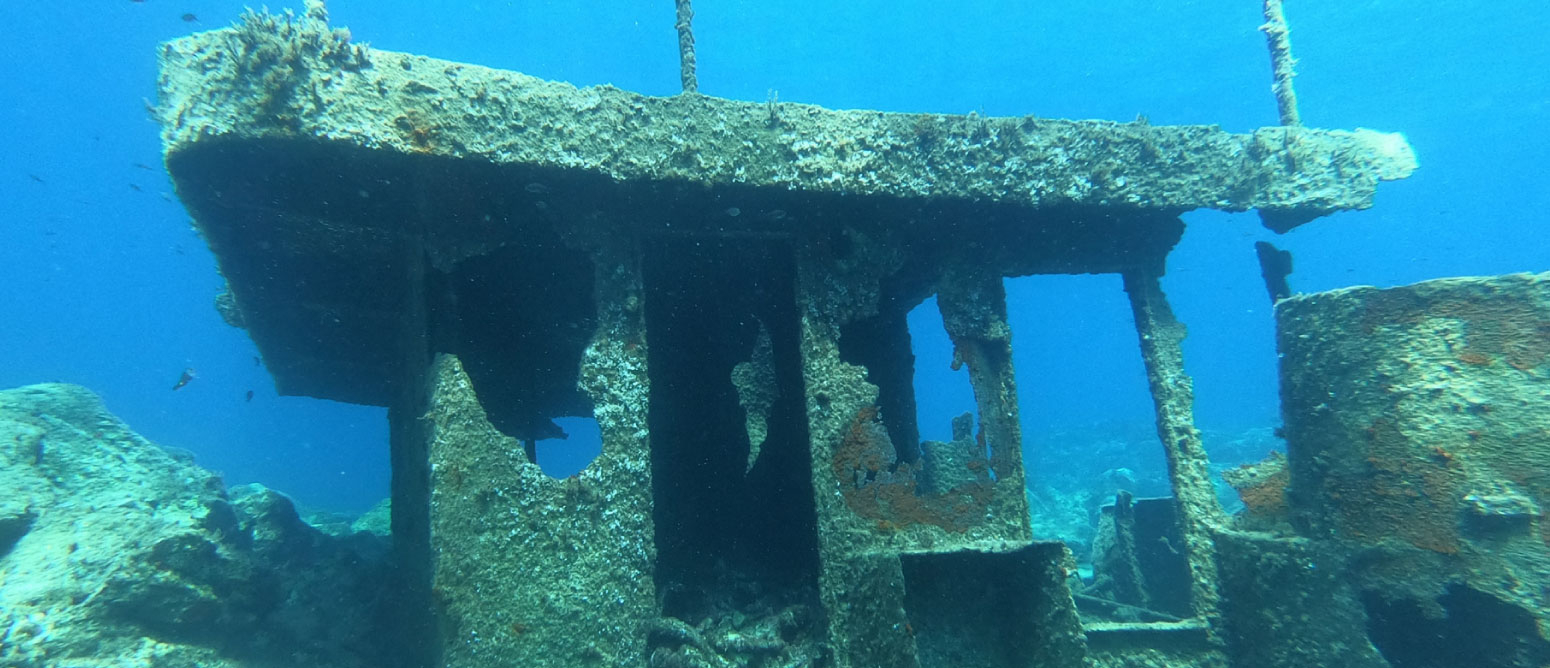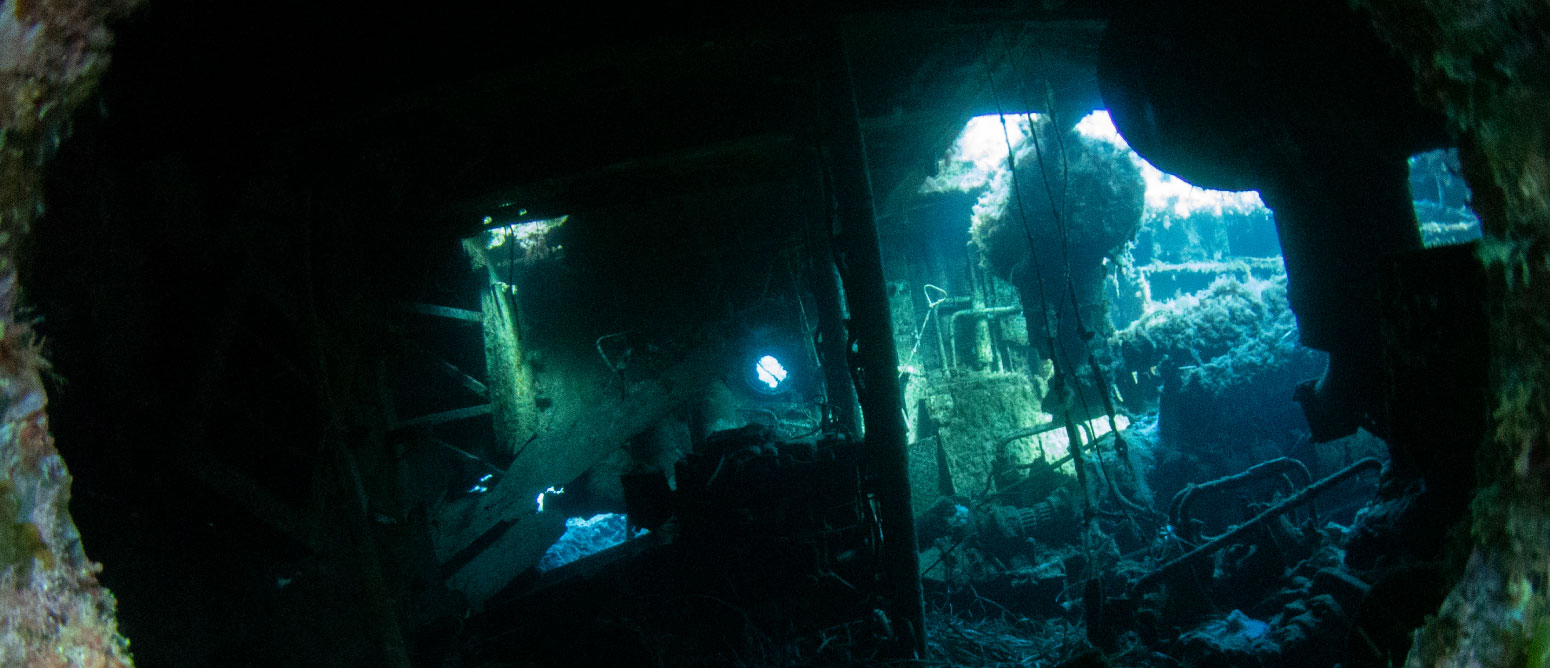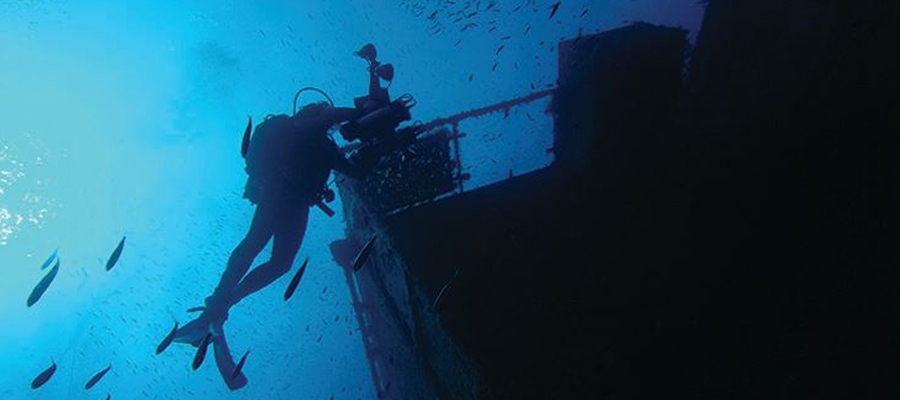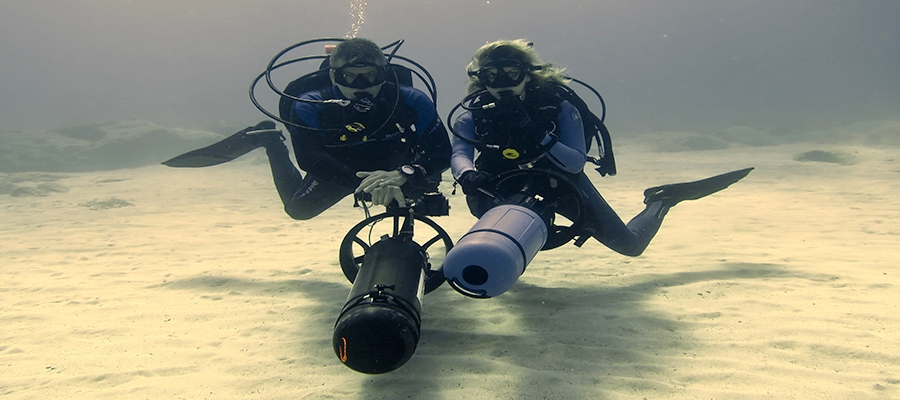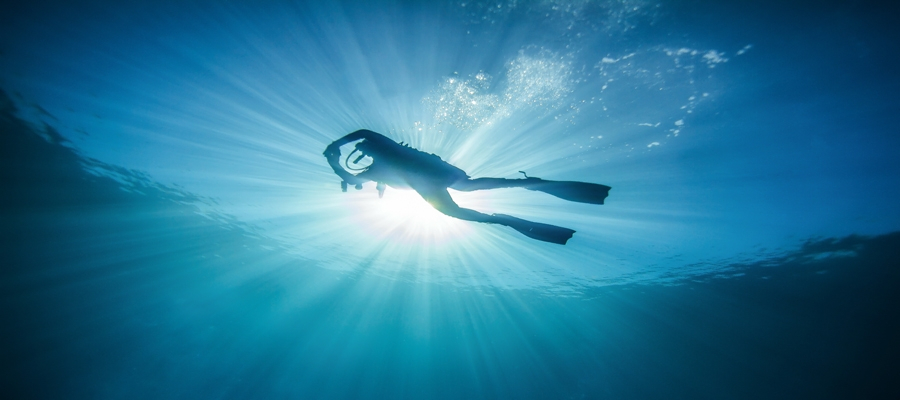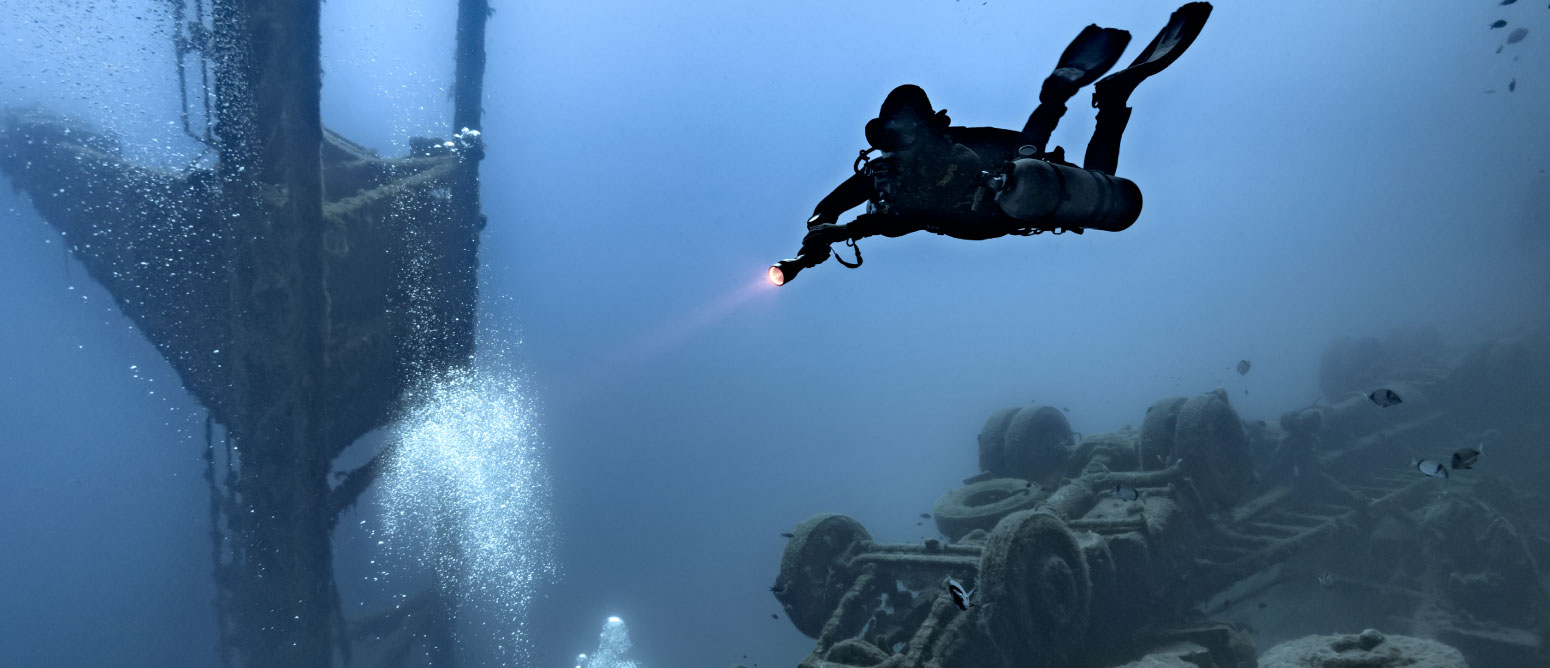The charming, little, white washed Agioi Anargyroi chapel that sits above this dive site gives it its name, with steps on the water’s edge leading down to the entry point where a sudden drop allows divers to descend fairly quickly.
Divers are then rewarded with the sight of beautiful, changing underwater scenery that unfolds with overhangs and ledges; cliff faces with fossils; rocks with sponges and encrusted, shattered amphorae on the seabed.
The highly popular and picturesque dive at Cape Gkreko is ideal for all levels of diver, and for navigation, deep dives and night dives – where octopi and eel hunt for their food in the darker hours. An array of other sea creatures live among the rocks and meadows of Posidonia seagrass, including bream, grouper, lionfish, moray eels, nudibranch and sea urchins.
Location:Cape Gkreko – Protaras, Ammochostos
GPS Coordinates: 34° 58’33.88″N 34° 4’33.98″E
Type of Site:Rocky, Sandy, Drop Off (cliff)
Depth:40 metres
Visibility:20+ metres
Access:Easy access up to the entry point (steps), but difficult entryand exit point.
Qualification Required:Open Water
Dive Category:Recreational and Technical Diving

